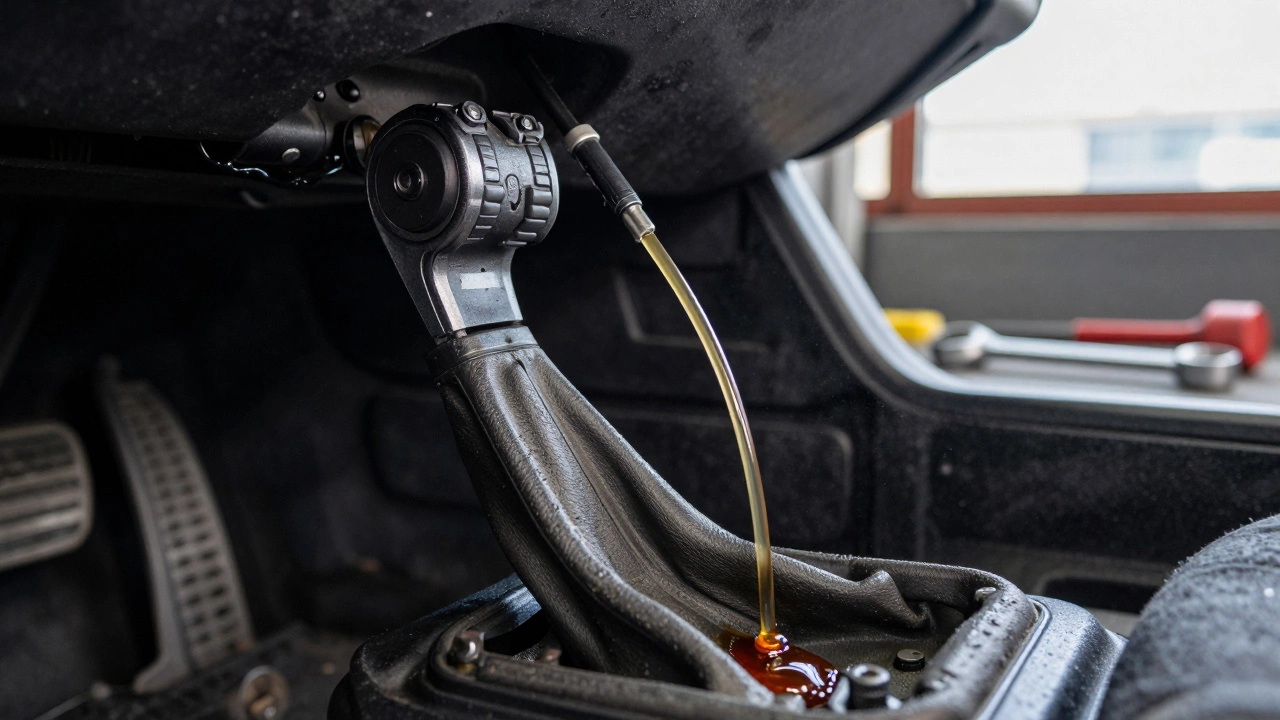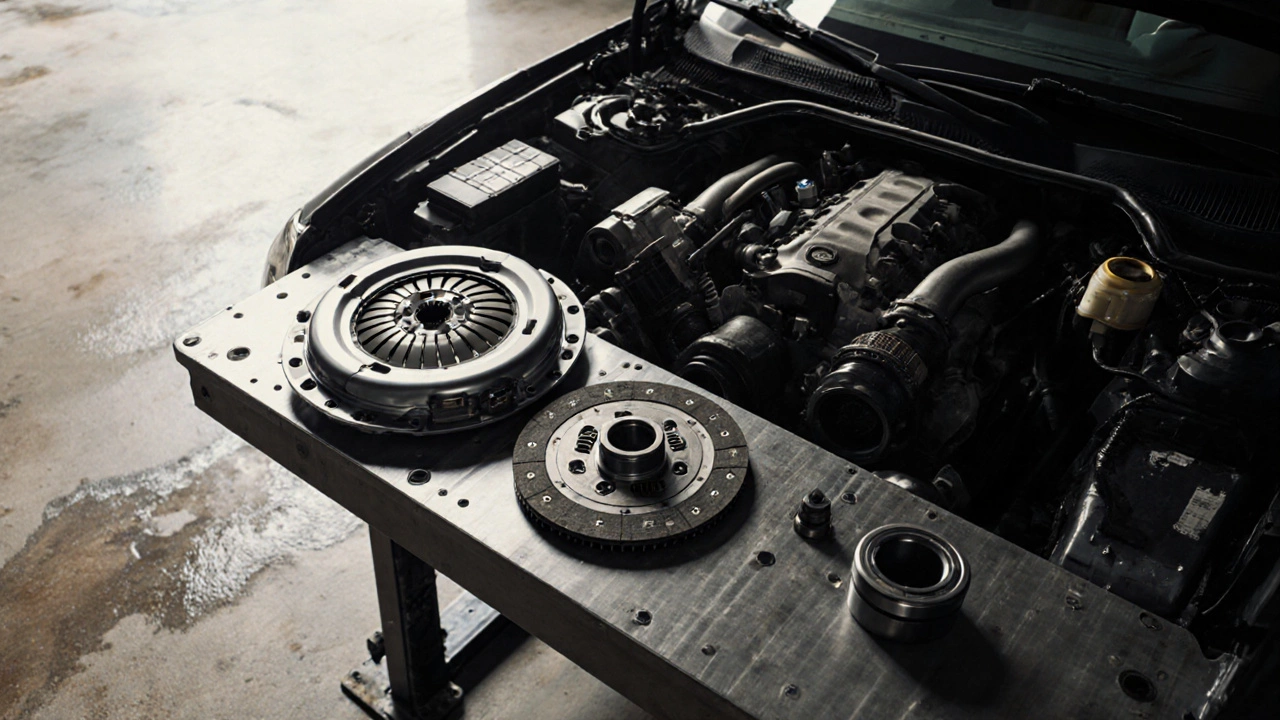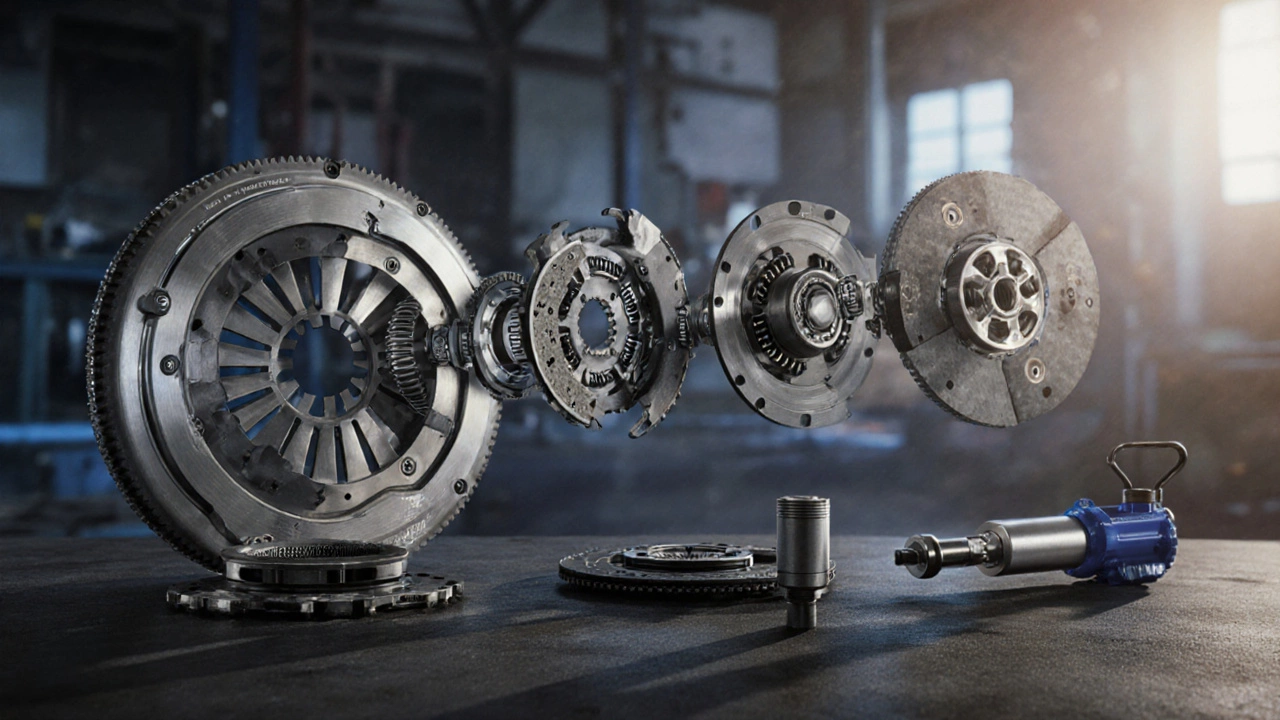Clutch Kit: What It Is, When to Replace, and How It Impacts Your Drive
When dealing with clutch kit, the group of components that connect the engine to the transmission and let you change gears. Also known as clutch assembly, it includes several key parts that work together. One of those parts is the clutch disc, the friction element that actually engages and disengages power. Another is the pressure plate, a spring‑loaded plate that presses the disc against the flywheel. The release bearing, the bearing that allows the pressure plate to move when you press the clutch pedal, and the flywheel itself complete the system. Together they enable smooth gear changes and protect the transmission from shock loads. Understanding how these pieces fit helps you spot problems early and decide whether a full kit swap is worth it.
Clutch lifespan isn’t a fixed number; it varies with driving style, vehicle weight, and how often you start and stop. Heavy‑load trucks or daily stop‑and‑go traffic can wear a clutch down in 30,000 miles, while a gentle driver on a light car may see 100,000 miles of service. The condition of the clutch disc surface, the pressure plate’s spring pressure, and the release bearing’s lubrication all influence wear rates. If you notice slower acceleration, a higher engine rev without corresponding speed, or a choking feel when you shift, those are classic clues that the kit’s health is declining. Regular inspection—checking for heat spots, abnormal wear, or fluid leaks around the housing—can add months or even years to the kit’s usable life.
When it’s time to replace, cost becomes a major factor. A complete clutch kit in the UK typically runs between £150 and £300 for the parts alone, but labour can add another £200‑£350 depending on the model and garage rates. The price fluctuates based on whether you choose an OEM kit, an aftermarket performance version, or a refurbished set. Factoring in the condition of related components—like the flywheel, which may need resurfacing or replacement—can shift the total bill up or down. Knowing the typical price range helps you avoid surprise invoices and makes it easier to compare quotes from different workshops.
Key Signs Your Clutch Kit Needs Attention
Common symptoms that point to a failing kit include a slipping clutch (engine revs rise but speed stays low), a hard or stiff pedal that refuses to reach the floor, and a grinding noise when you engage or disengage. You might also feel a judder when you release the pedal, especially under load. These indicators often appear together, but even a single sign can warrant a closer look. If you catch any of these early, you can choose between a targeted part swap—like just the release bearing—or a full kit replacement, saving both time and money. Below you’ll find a curated collection of articles that walk you through mileage limits, cost breakdowns, and DIY tips to keep your clutch kit in top shape.

Is It My Clutch or Transmission? How to Tell the Difference
Dec 1 2025 / Transmission PartsLearn how to tell if your car's shifting problems are caused by a worn clutch or failing transmission. Save money by diagnosing the issue correctly before spending on repairs.
VIEW MORE
Does a Clutch Kit Add Horsepower? The Real Impact on Performance
Nov 16 2025 / Transmission PartsA clutch kit doesn't add horsepower, but it can help you use all the power your engine makes by reducing slippage. Learn when an upgrade actually matters - and when it's just a myth.
VIEW MORE
Clutch Kit Parts Explained: What’s Inside a Typical Kit?
Oct 3 2025 / Transmission PartsDiscover every part that makes up a clutch kit, how they work together, and what to look for when buying or installing one.
VIEW MORE
Clutch and Flywheel Problems: How to Spot When They're Going Bad
May 12 2025 / Transmission PartsThink your clutch or flywheel might be on its last legs? This article breaks down the real-world signs that your clutch and flywheel are bad, what causes these problems, and how to check for them before you get stranded. You'll get practical tips for diagnosing issues yourself and advice on when to call a pro. Avoid guesswork and expensive surprises by learning what to watch and listen for. Stay one step ahead of big repair bills with clear, easy-to-follow info.
VIEW MORE